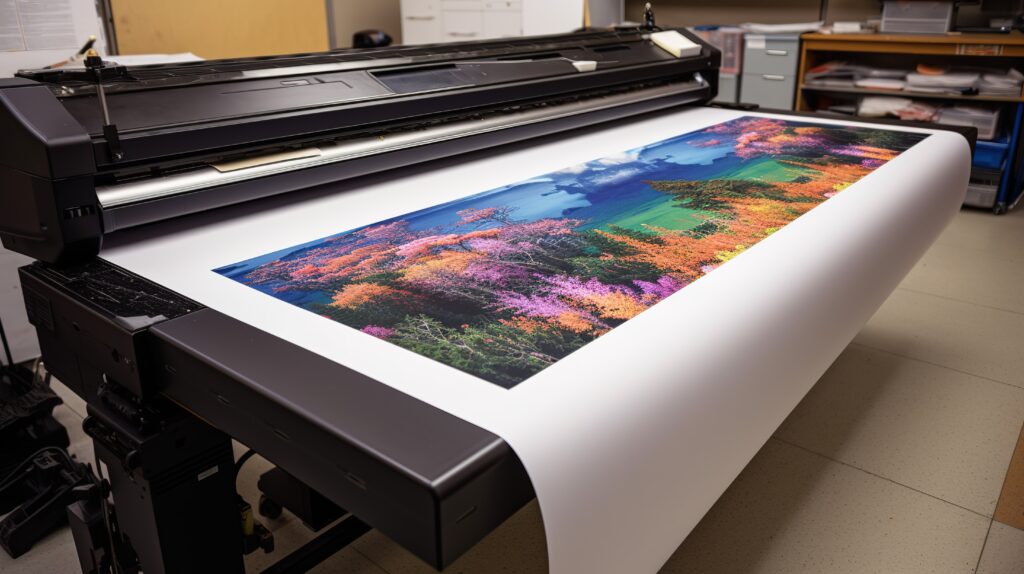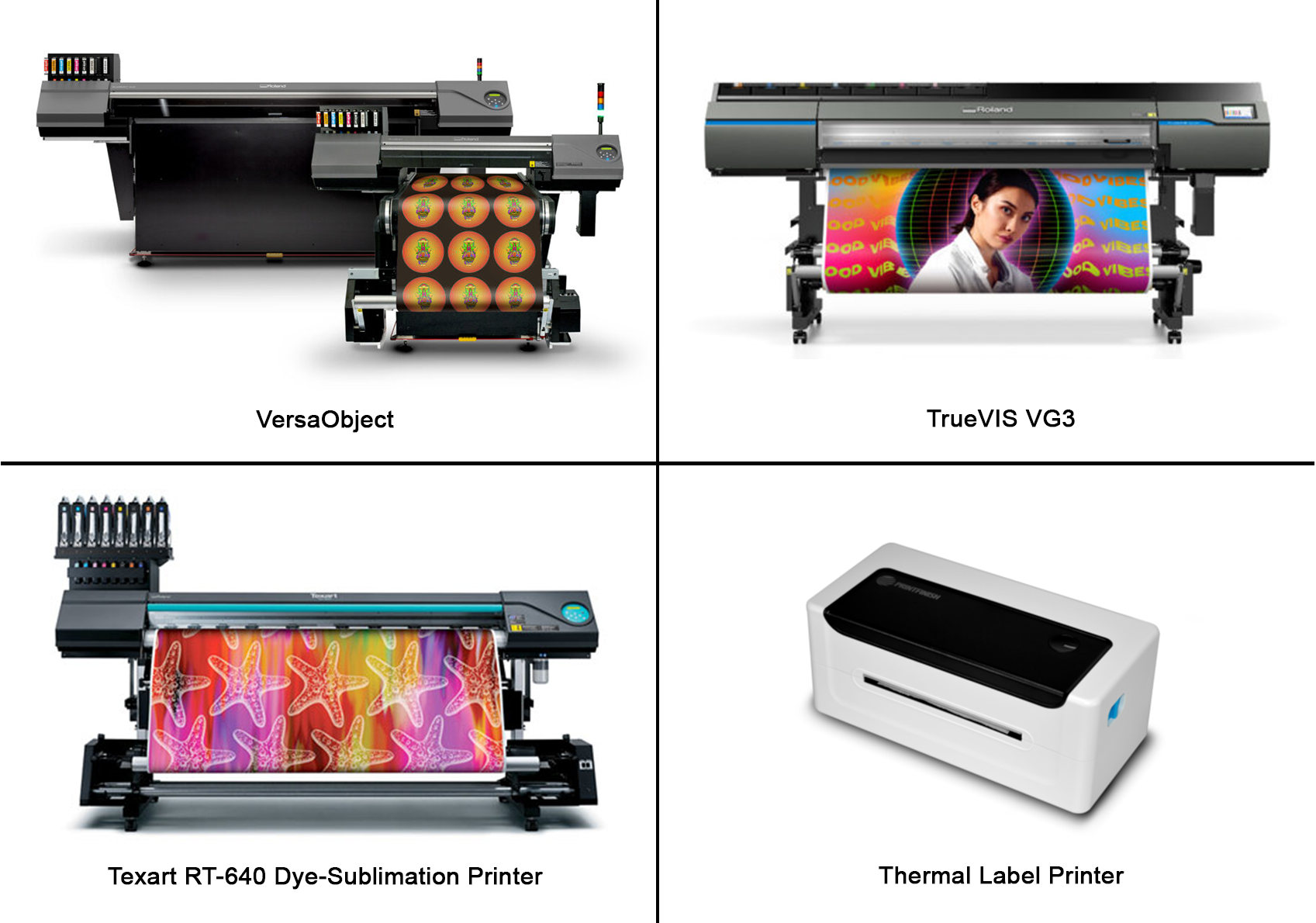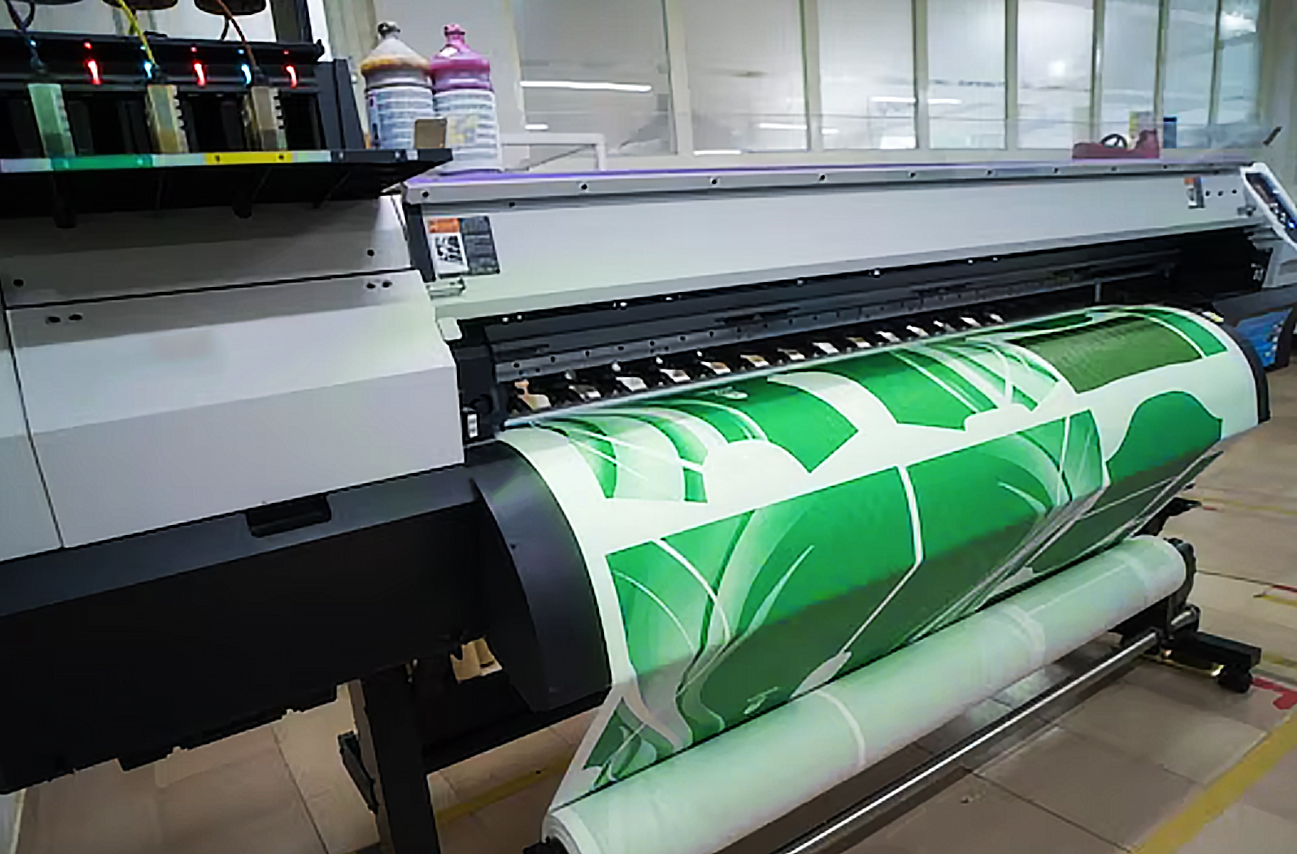
How to Choose the Right Printer for Your Business Needs
Selecting the right printer for your business is a pivotal decision that directly impacts productivity, efficiency, and ultimately, your bottom line. In a market saturated with diverse printing options, each boasting unique features and capabilities, the task may seem daunting. Imagine a bustling office environment where employees must frequently produce high-quality reports, presentations, and marketing materials. Now, picture a small startup with limited space, where the need for a compact and cost-effective printer is paramount. In this article, we’ll navigate the maze of printer options, providing insights and practical scenarios to guide you in choosing the perfect printer tailored to your specific business needs. Whether you’re a bustling corporate entity or a nimble startup, understanding the key factors in selecting the right printer is essential for smooth business operations.
Understanding Printing Business Types
Before delving into the intricacies of choosing the right printer, let’s take a quick recap of the most common types of printing businesses. Each printing method has its unique advantages and applications, catering to diverse industries and needs.
- Offset Lithography Printing: Ideal for high-volume projects, offset lithography produces sharp, consistent prints. It involves transferring ink from a plate to a rubber blanket and then to the printing surface.
- Digital Printing: Offering quick turnarounds and cost-effective short runs, digital printing directly applies toner or ink onto the printing surface. It’s suitable for variable data printing and on-demand projects.
- Screen Printing: This versatile method is used for various surfaces and materials. Screen printing involves pushing ink through a mesh screen onto the substrate, making it suitable for apparel, signage, and promotional items.
- Flexographic Printing: Flexography uses flexible relief plates and quick-drying inks, which are common in packaging and label printing. It’s efficient for large production runs and offers high-speed printing capabilities.
- Large Format Printing: Catering to oversized materials like banners, posters, and signage, large format printing uses inkjet technology to produce large, high-quality prints.
- 3D Printing: Revolutionizing prototyping and manufacturing, 3D printing creates three-dimensional objects layer by layer from digital models. It’s employed in various industries, from healthcare to aerospace.
- LED UV Printing: Utilizing LED UV technology, this method ensures quick drying and precise prints. LED UV printing is environmentally friendly and applicable to a range of materials.
A Quick Summary of Types of Printers/Presses
Understanding the types of printers and presses available in the market is crucial for making an informed decision. Here’s a summary of common printer types:
- Inkjet Printers: Ideal for high-quality photo printing and versatile for various document sizes. Inkjet printers are suitable for small to medium-sized businesses.
- Laser Printers: Efficient and fast, laser printers use toner cartridges for sharp text and graphics. They are suitable for high-volume printing tasks.
- All-in-One Printers: Combining printing, scanning, copying, and sometimes faxing capabilities in one device, all-in-one printers are convenient for multifunctional needs.
- Dot Matrix Printers: Characterized by their impact printing mechanism, dot matrix printers are durable and suitable for specific tasks like invoice printing.
- Dye-Sublimation Printers: Offering high-quality photo prints, dye-sublimation printers are used for specialized applications like photo booths and professional photography.
- 3D Printers: Essential for additive manufacturing, 3D printers create three-dimensional objects layer by layer using various materials.
- Label Printers: Designed for printing labels and barcodes, label printers come in various types, including thermal, inkjet, and laser.
In the following sections, we will delve into the key considerations for choosing the right printer for your business, taking into account factors such as printing volume, budget, and specific requirements.
Key Considerations for Choosing the Right Printer
- Printing Volume and Speed:
- Scenario: In a bustling corporate office where high volumes of documents need to be printed daily, a printer with high-speed capabilities and a large paper capacity would be essential. Consider laser printers or high-speed inkjet printers for optimal efficiency.
- Print Quality:
- Scenario: For a design studio focused on producing visually appealing materials, such as brochures and marketing collateral, a printer with superior print resolution and colour accuracy, such as a professional-grade inkjet or colour laser printer, would be imperative.
- Functionality – Print, Scan, Copy, Fax:
- Scenario: In a small business or home office where space is limited, an all-in-one printer offering printing, scanning, copying, and faxing functionalities can serve as a space-efficient and cost-effective solution.
- Printing Costs and Budget:
- Scenario: In a startup environment with budget constraints, considering the ongoing costs of consumables, such as ink or toner cartridges, is crucial. Inkjet printers are generally more budget-friendly, while laser printers might have lower per-page printing costs.
- Connectivity Options:
- Scenario: In a modern, collaborative workspace, having a printer with wireless connectivity and compatibility with mobile devices is essential for seamless printing from various sources.
- Media Handling:
- Scenario: In a creative agency that frequently produces materials on unconventional paper sizes or materials, a printer with versatile media handling capabilities, such as large format or specialty media support, would be advantageous.
- Environmental Considerations:
- Scenario: In a business with a commitment to sustainability, opting for energy-efficient printers with eco-friendly features, like duplex printing, can align with environmental goals
Choosing the right printer is a decision that warrants careful consideration, tailored to the unique needs and aspirations of your enterprise. Whether you find yourself in a bustling corporate hub or navigating the challenges of a startup, understanding the specific scenarios that drive your printing requirements is paramount. From the bustling efficiency of high-speed laser printers in a corporate environment to the creative precision of high-resolution inkjet printers in a design studio, the right printer can be a silent yet indispensable partner in your daily operations. As technology advances and the printing industry evolves, staying abreast of the diverse array of printers and presses available ensures that your business remains equipped with the tools that drive success. So, embark on the journey of selecting the ideal printer with confidence, armed with the insights provided here, and empower your business to thrive in the ever-evolving world of modern printing.
Consider consulting our industry experts at PRINTFINISH, attending trade shows, or reaching out to suppliers like Printers Parts and Equipment to gain insights and make informed decisions. Investing in high-quality, reliable printing equipment ensures that you can meet customer demands, maintain consistent print quality, and ultimately establish a solid reputation in the printing industry.











